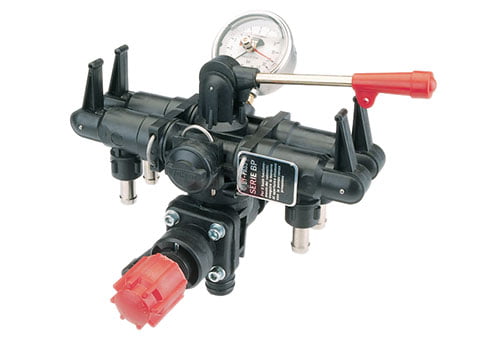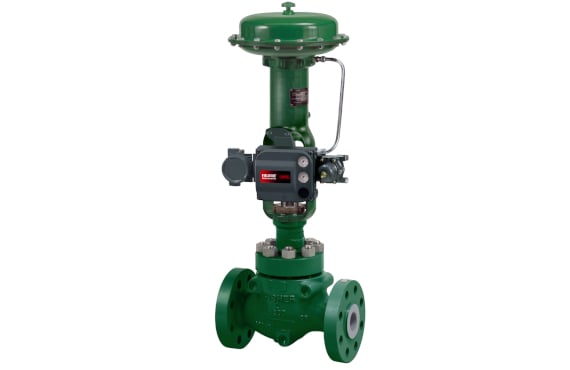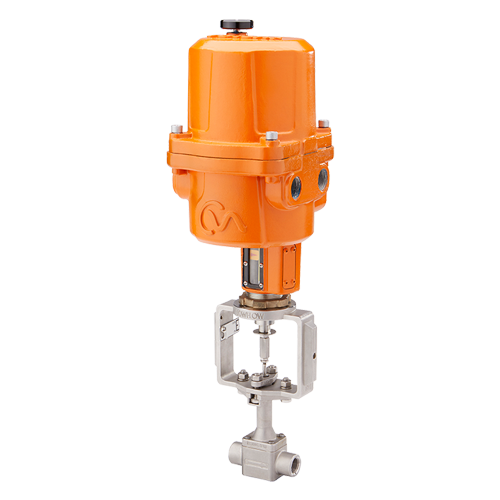
Maximize Energy Financial Savings and Convenience With Advanced Building Automation Controls
In the realm of contemporary style and center management, the assimilation of advanced building automation manages stands as a crucial improvement. By harnessing the power of automation, buildings can adapt, react, and advance in ways that were once unthinkable.
Power Efficiency Advantages
Power efficiency advantages can dramatically reduce energy consumption and functional expenses in structures. By executing energy-efficient practices and technologies, building owners and operators can accomplish substantial cost savings while likewise adding to environmental sustainability. One of the main benefits of enhancing energy efficiency in structures is the reduction of energy expenses. Energy-efficient systems, such as innovative building automation controls, can optimize making use of sources like lights, home heating, and air conditioning, resulting in reduced energy expenses over time.
Moreover, improved power effectiveness can prolong the lifespan of building devices and systems. By operating much more efficiently, heating and cooling systems, lighting fixture, and various other structure elements experience less deterioration, causing decreased upkeep and substitute prices. Additionally, energy-efficient buildings typically regulate higher home values and rental prices, supplying long-term monetary benefits to proprietors.
Additionally, power performance can improve owner convenience and productivity. Properly controlled interior environments with optimal illumination and thermal problems create a more favorable and positive work area, resulting in boosted staff member complete satisfaction and efficiency. In general, the energy performance benefits associated with sophisticated structure automation controls are complex, encompassing cost savings, ecological stewardship, and passenger well-being.
Enhanced Comfort Control
Enhancing convenience control in structure atmospheres requires a sophisticated integration of advanced automation systems for optimal occupant well-being. By utilizing innovative building automation controls, facilities can tailor the interior setting to fulfill the certain needs and choices of owners. These systems make it possible for exact guideline of temperature, ventilation, and lighting, developing a efficient and comfy ambience. Passenger contentment and efficiency are closely connected to thermal convenience, making it important to have systems in position that can adapt to changing problems in real-time.
Enhanced comfort control exceeds fundamental temperature changes. It consists of attributes such as personalized setups, occupancy sensing units, and natural light application to produce a receptive and dynamic setting. By integrating these innovative controls, buildings can not just boost convenience yet also boost energy performance by enhancing system operations based upon real tenancy and use patterns. Ultimately, prioritizing passenger comfort with innovative automation systems results in a much more pleasurable and healthier interior atmosphere.
Operational Effectiveness Improvements

Furthermore, the application of real-time monitoring and analytics tools makes it possible for building drivers to recognize energy inadequacies and operational anomalies promptly. By continually checking power use patterns and system efficiency metrics, adjustments can be site link made in real-time to optimize power consumption and make sure peak operational efficiency. control valves. Furthermore, incorporating demand response strategies into structure automation controls can further improve operational performance by dynamically adjusting power usage based upon grid problems and prices signals
Indoor Environment Optimization
Reliable indoor environment optimization is a basic facet of building automation controls, making certain owners' convenience and well-being while making best use of power financial savings. By making use of advanced sensors and controls, constructing automation systems can constantly readjust and monitor temperature level, humidity degrees, air high quality, and air flow to produce an optimal indoor setting. Maintaining comfortable and regular conditions not only enhances resident contentment yet also boosts productivity and total wellness.
Interior environment optimization additionally plays an essential duty in energy effectiveness. By fine-tuning air conditioning, air flow, and heating systems based on real-time data and tenancy patterns, constructing automation controls can considerably lower power consumption - control valves. Carrying out strategies such as demand-controlled air flow and thermal zoning can assist lessen energy waste while making certain that each area of the building obtains the necessary conditioning.

Lasting Setting Production
Structure automation regulates not just maximize indoor environment problems for energy efficiency and occupant comfort but also lay the structure for developing a sustainable setting through tactical management of sources and systems. By incorporating innovative structure automation modern technologies, such as sensors, actuators, and intelligent software program, facilities can monitor and adjust energy use in real-time to lessen waste and reduce their carbon impact. These systems allow anticipating upkeep, identifying possible problems prior to they rise and optimizing equipment performance to improve long life and efficiency.
In addition, lasting environment production extends past power management to include water preservation, waste decrease, and indoor air high quality improvement. Building automation controls can regulate water usage, detect leaks, and guarantee correct garbage disposal methods, adding to total sustainability efforts. In addition, by controlling and keeping track of air flow and purification systems, these technologies enhance resident health and performance while lowering power usage related to heating and cooling additional hints operations.
Verdict
To conclude, progressed navigate to this website building automation manages offer considerable advantages in terms of energy financial savings, convenience control, functional performance, indoor environment optimization, and producing a sustainable atmosphere. By applying these controls, structures can accomplish ideal performance while lowering energy consumption and boosting resident comfort. It appears that the usage of innovative automation modern technology is critical in improving building performance and creating a more sustainable future.
Energy effectiveness advantages can significantly decrease power consumption and operational costs in structures. In general, the power effectiveness advantages linked with sophisticated structure automation controls are diverse, including price savings, environmental stewardship, and owner wellness.
Additionally, integrating demand response strategies right into building automation controls can better enhance functional effectiveness by dynamically adjusting power usage based on grid conditions and rates signals.
Structure automation regulates not just optimize indoor environment conditions for power performance and owner comfort but likewise lay the structure for producing a lasting setting with strategic administration of sources and systems.In verdict, advanced structure automation manages offer substantial benefits in terms of power financial savings, comfort control, functional performance, interior environment optimization, and producing a lasting atmosphere.